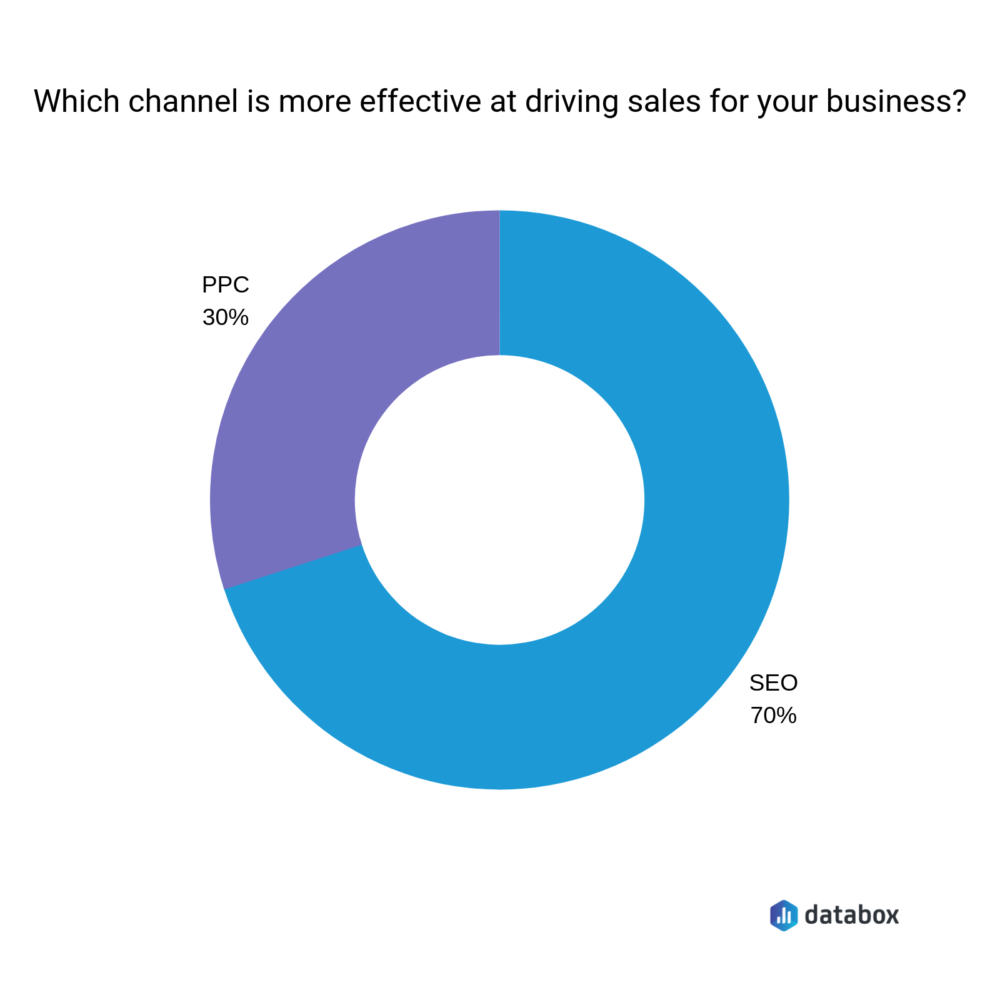Link building is still one of the most effective offsite search engine optimization practices around—the more high-quality links you have, the better.
But with the onset of advanced Google updates like Penguin 3.0, it’s becoming more and more difficult to build “natural” backlinks on your own.
In most cases, it’s better and easier to let your readers and customers do the work for you, by creating content that naturally encourages people to build links pointing back to your site.
That may seem difficult, but when put into practice, you may find it’s one of the easiest—and most effective—link building strategies around.
Try using these 10 tactics to attract more links to your onsite content.
And, if you simply don’t have the time, consider hiring our professional link building services.
Table of Contents
Show Something New
People like to see what’s new, and if it’s new enough and different enough, they’ll want to share it to their friends and followers. Nothing satisfies social urges quite like being the first person to share something new and exciting. If you have a new product or service to unveil, write a post about it, and talk about how it’s going to change the industry. You can also share a new take on an old problem or share a new idea that has future potential. Anything you can do to share something new will pay off in spades.
Tease Your Audience
Build anticipation whenever possible. Anticipation leads to more attention, and the value of whatever you build to will correspondingly increase. You can build this anticipation by teasing your audience of a release to come—either in the form of social media posts, or by the creation of a webinar or content series. For example, you can make posts leading to a specific date like “We’ve got a big announcement for you next week!” and “only two days until the big reveal!” Your content, when revealed, will pack a much bigger punch, and your users will be far more likely to link to it as a result.
Take a Firm Stance or Have a Strong Opinion
Controversy can be a good thing. If you have the opportunity to take a firm stance on a major issue in your industry, or something else debatable, you should take it.
Make sure your stance is in line with your brand standards, but don’t be afraid to firmly pick a side.

Don’t be afraid to take a strong opinion but be prepared for blowback.
You do run the risk of alienating some of your readers, but the remainder will be far more loyal and passionate about your brand. Those loyal followers will be highly likely to link to your strong, opinionated content—especially if they’re posting their own variations of it!
Give Your Readers a Surprise
Giving users exactly what they expect can lead to satisfaction, but if you give your users a surprise, they’ll remember it.
Create content that offers something surprising—you can support an unconventional opinion, offer a unique solution, or simply have a sudden twist in your video content to evoke a surprised response.
That surprise element is invaluable to facilitating interest from your readership.
People like to share surprises to others, so your content will be far more likely to attract links from other bloggers and readers.
Perform & Publish Original Research
Original research is one of the juiciest and most attractive forms of content you can provide.
Original research is—as the name suggests—original, and that means users can’t get your data anywhere else.
Your data is also going to be valuable, at least to somebody, and many people will want to link to you simply to credit you as a source of their information.
You’ll be the root source of dozens, if not hundreds, of secondary articles, most of which will link to you as the original source.
The only problem with this strategy is the amount of time and effort it takes to perform original research properly.
Let Others Guest Blog on Your Site (w/Discretion)
This strategy is much easier, and can be done by any company in any industry. Make a public request for guest bloggers—most writers are itching to write guest blogs as a source of new readership and more brand visibility.
While allowing guest bloggers within your industry to post on your blog might actually send some of your users their way, the benefits to your brand can be just as powerful.
Your readerships will “cross over,” and your guest bloggers’ current fans will be likely to link to their content—plus, your guest bloggers will be more than happy to share the links to their content on your site.
Conduct Interviews and Surveys
Interviews and surveys are almost a type of original research that doesn’t take much time to implement or analyze.

Surveys (like this one from Databox) can be extremely simple, but effective at gaining citations and earning links.
Essentially, you’ll be borrowing the authority of an individual or group of people in order to substantiate your own content—either with new insights or aggregated data.
This strategy will attract links, either because it’s interesting, because it’s informative, or some mixture of the two.
And if you’re conducting an interview with an individual, make sure to ask him/her to share it with his/her current fans.
Create Something Funny or Entertaining
Funny content is self-explanatory—if your content makes somebody laugh, they’ll be far more likely to share and link to it.
The trick is to find something funny to create. Amusing videos are one of the more popular options, but you can also write a parody post or something similar.
If your brand voice is casual or flexible, you have a lot of room to work with—remember, that everybody loves to laugh deep down.
Write Landmark Pieces
Landmark pieces, like whitepapers or thorough “ultimate” guides, are some of the best types of content you can write.
They are longer, more detailed, and more useful than typical blog posts or infographics, and usually come through a PDF download link rather than existing onsite.
These pillar pieces are highly shareable, and are perfect for attracting links because they are seen as having a high level of authority, and they’re usually evergreen, meaning they’re useful for a longer period of time than a typical blog entry, and will attract links for a much longer time as a result.
Reward Shares Directly
This is one of the easiest ways to build links, and one of the most effective—as long as you’re careful with it.
Directly compensating users for linking to your content can be seen as manipulative and therefore against Google’s terms of service.
However, you can encourage links to your content by offering entry into a competition, or by offering small rewards like discounts or credits.
One specific example is asking your users for videos explaining why they love your ____ product, which in turn link back to the original competition page.
You can also encourage social sharing along the same lines.
Link building doesn’t have to be a massive internal effort.
By leveraging the power of your online audience, you can build your reputation and naturally allow the development of all the links you could ever want.
It’s still a good idea to occasionally review the sources of your links and pursue extra high-quality link building opportunities in order to create the best possible backlink profile, but with these 10 strategies, you’ll be in an excellent position to let your link building campaign grow on its own.
Want more information on link building? Head over to our comprehensive guide on link building here: SEO Link Building: The Ultimate Step-by-Step Guide
Tim holds expertise in building and scaling sales operations, helping companies increase revenue efficiency and drive growth from websites and sales teams.
When he's not working, Tim enjoys playing a few rounds of disc golf, running, and spending time with his wife and family on the beach...preferably in Hawaii.
Over the years he's written for publications like Forbes, Entrepreneur, Marketing Land, Search Engine Journal, ReadWrite and other highly respected online publications. Connect with Tim on Linkedin & Twitter.
- How to Rank for Local SEO in Multiple Locations - April 16, 2024
- SEO for Mass Tort Lawyers: Everything You Need to Know - April 3, 2024
- Natural Backlinks vs. Unnatural Backlinks: How to Build a Natural Link Profile - April 1, 2024




